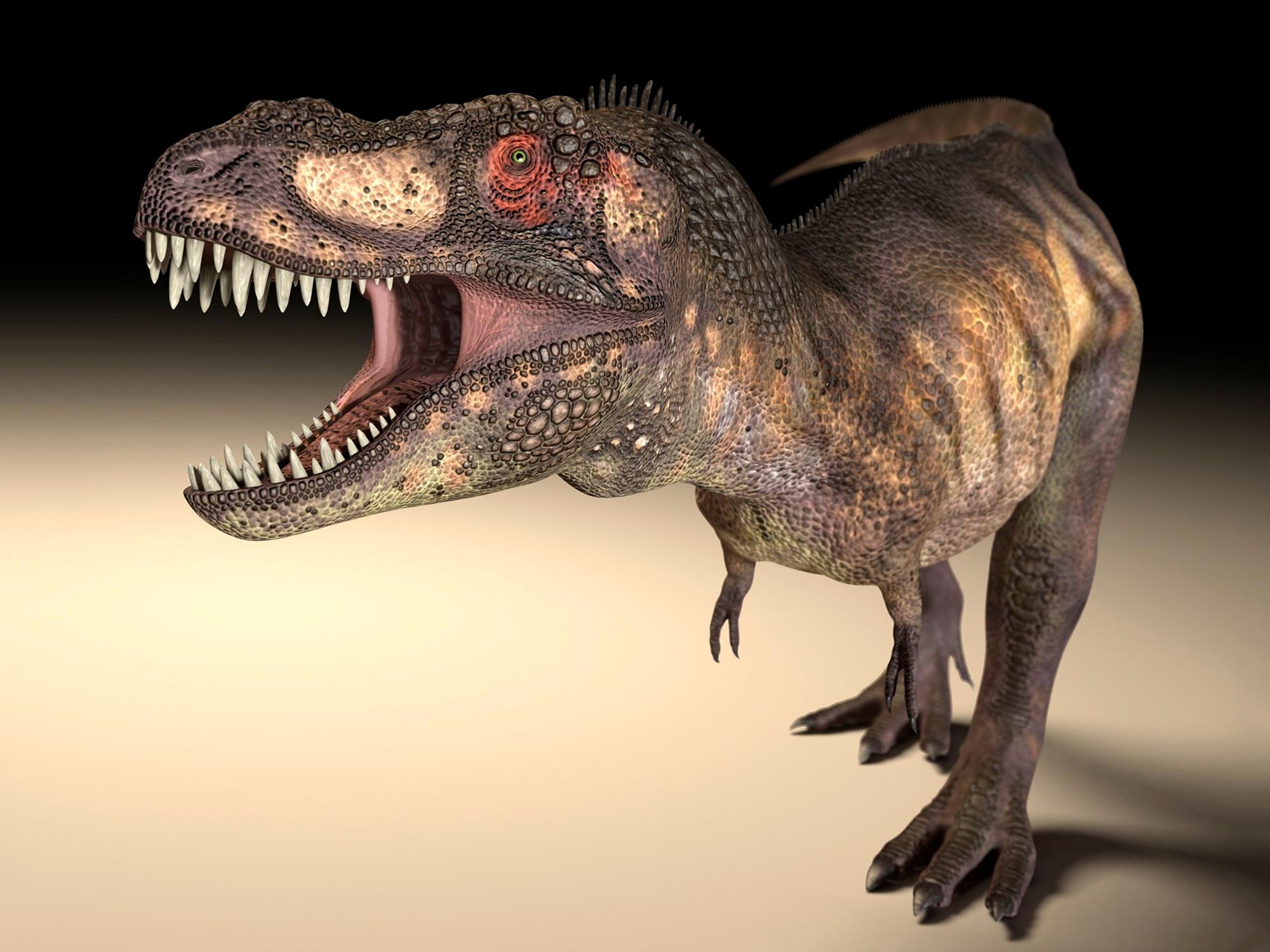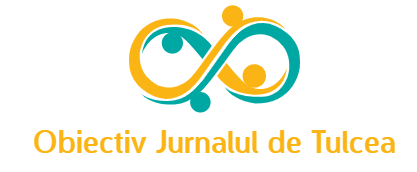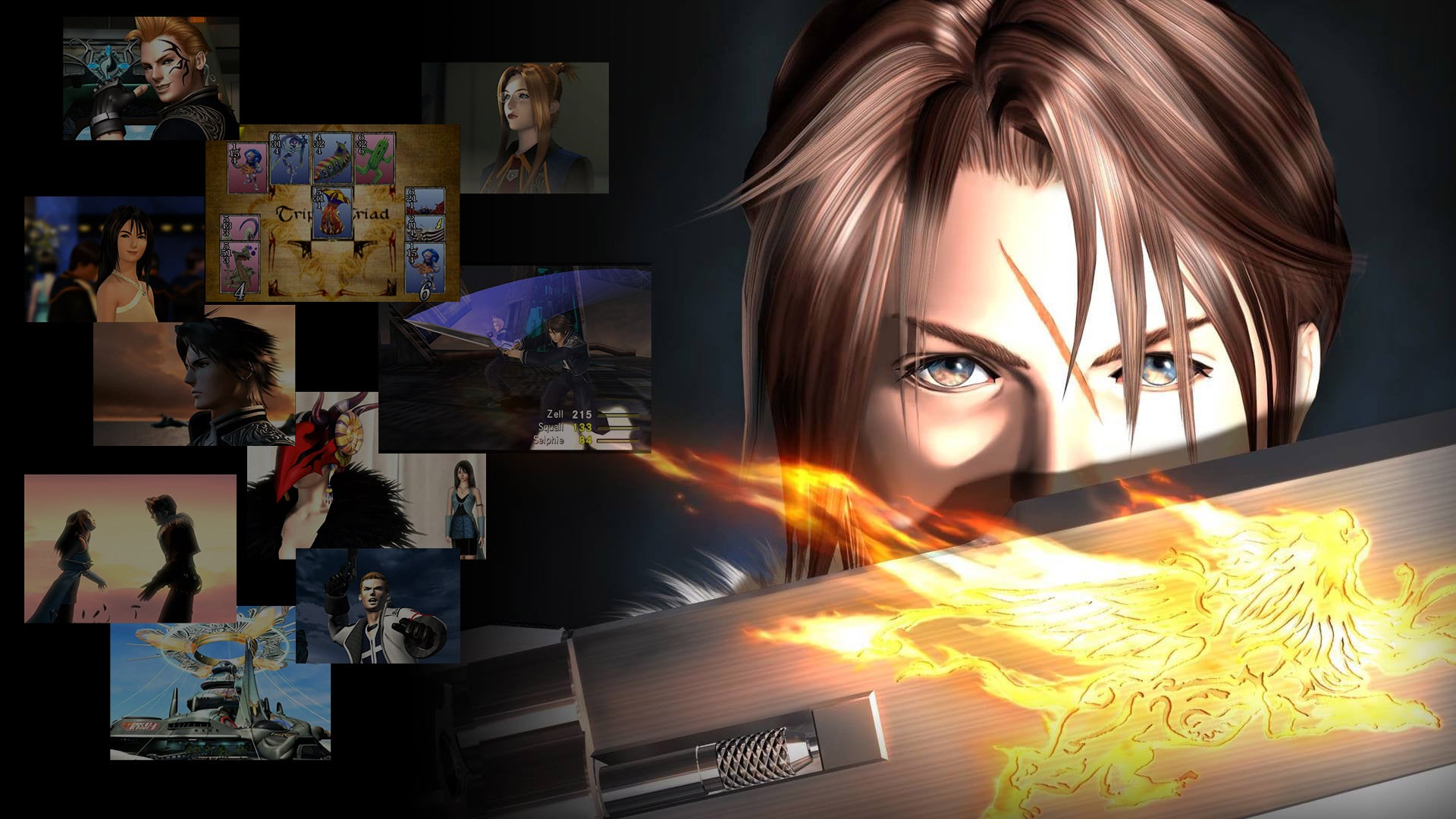
Noile cercetări arată că dinozaurii mari, prădători, au evoluat diferite forme ale cavităților oculare pentru a face față mai bine forțelor de mușcătură mai mari.
Potrivit unor noi cercetări, dinozaurii prădători mari, cum ar fi Tyrannosaurus rex Au fost dezvoltate diferite forme de cavități oculare pentru a gestiona mai bine forțele de mușcătură mai mari.
În timp ce la multe animale, inclusiv la majoritatea dinozaurilor, orbită este doar o gaură circulară în craniu care conține globul ocular, acest lucru este destul de diferit la carnivorele mai mari.
Un nou studiu a dezvăluit modul în care orbitele neobișnuite ovale sau ovale găsite în craniile acestor prădători ar fi putut evolua pentru a ajuta craniul să absoarbă șocul atunci când se năpustește asupra pradă. Această cercetare a oamenilor de știință din Universitatea din Birminghampublicat astăzi (11 august 2022) în Biologia comunicarii.

Reconstrucții de craniu și viață în Tyrannosaurus Rex cu ochiul și ochiul original (stânga) și reconstrucție virtuală folosind o orbită circulară și ochiul mărit (dreapta). Credit: Dr. Stefan Lautschlager, Universitatea din Birmingham
Dr. Stefan Luttenschlager, Lector principal în Paleobiologie la[{” attribute=””>University of Birmingham and author of the new study, analyzed the shape of the eye sockets of ca. 500 different dinosaurs and related species.
“The results show that only some dinosaurs had eye sockets that were elliptical or keyhole-shaped,” said Dr. Stephan Lautenschlager. “However, all of those were large, carnivorous dinosaurs with skull lengths of 1 m or more.”

Computer simulations of hypothetical dinosaur skulls. Colors indicate skull stress. High stresses occur in the skull with a round eye socket (top), lower stresses in a skull with a keyhole-shaped eye socket (bottom). Credit: Dr. Stephan Lautenschlager, University of Birmingham
Dr. Lautenschlager tested what purpose these unusual eye socket shapes could have by using computer simulations and stress analysis.
The results demonstrated that a skull with a circular eye socket was more prone to high stresses during biting. However, if these were replaced with other eye socket shapes stresses were significantly reduced. This allowed top predators, including Tyrannosaurus rex, to evolve high bite forces without compromising skull stability.
The study also showed that most plant-eating species and juvenile individuals retained a circular eye socket. Only large carnivores adopted other morphologies, such as elliptical, keyhole-shaped, or figure-of-eight-shaped eye sockets.

Skulls of different dinosaurs showing variation in eye socket shape (stippled outline). Credit: Dr. Stephan Lautenschlager, University of Birmingham
Dr. Lautenschlager added: “In these species, just the upper part of the eye socket was actually occupied by the eyeball. This also led to a relative reduction of eye size compared with skull size.”
The researchers also investigated what would have happened if eye size had increased at the same rate as skull length. In such a case, the eyes of Tyrannosaurus rex would have been up to 30 cm (12 inches) in diameter and weighed nearly 20 kg (44 pounds). This is instead of an estimated 13 cm (5 inches) and 2 kg (4.4 pounds).
Reference: “Functional and ecomorphological evolution of orbit shape in mesozoic archosaurs is driven by body size and diet” by Stephan Lautenschlager, 11 August 2022, Communications Biology.
DOI: 10.1038/s42003-022-03706-0

„Mândru pasionat al rețelelor sociale. Savant web fără scuze. Guru al internetului. Pasionat de muzică de-o viață. Specialist în călătorii.”




More Stories
Miezul lui Pluto a fost probabil creat de o coliziune antică
Cazurile de dengue ajung la 5,2 milioane în America, deoarece focarul depășește recordul anual, spune Organizația Panamericana de Sănătate
Un fenomen asemănător curcubeului poate străluci pe exoplaneta infernală WASP-76b